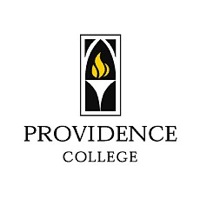Below is a summary of the abstract you submitted. Presenting author(s) is shown in bold.
If any changes need to be made, you can modify the abstract or change the authors.
You can also download a .docx version of this abstract.
If there are any problems, please email Dan at dar78@pitt.edu and he'll take care of them!
This abstract was last modified on May 1, 2019 at 8 a.m..

Our research team isolated 15 novel mycobacteriophage from soil collected on the campus of Providence College. Mycobacterium smegmatis was the host bacteria utilized during experimentation. Infecting M. smegmatis with phage was necessary to proliferate the population of phage and purify the phage populations. Multiple rounds of purification were necessary to obtain a homogeneous population of each novel phage. The plaque morphologies of each novel phage, which were determined after purification, were used as evidence to determine whether the phage reproduction cycle was lytic or temperate. The DNA from each phage was extracted and a restriction digest of the phage DNA was then performed using a HaeIII restriction enzyme; the restriction digest was necessary to ensure that each phage was indeed a novel phage. The DNA from each phage was also analyzed via PCR. The detection of a PCR product was used to determine if any of the phage belonged to clusters B, C, or F. Observation of the phage via electron microscopy confirmed that the morphotype of all of the phages was Siphoviridae. Two of the phages, Zolita and Skippy, were selected to have their genomes sequenced at the University of Pittsburgh. Our research team then annotated the genomic sequences of Zolita and Skippy to determine the location and function of genes found in their genomes. The data collected in this experiment advances the search for a method to treat Mycobacterium tuberculosis.

